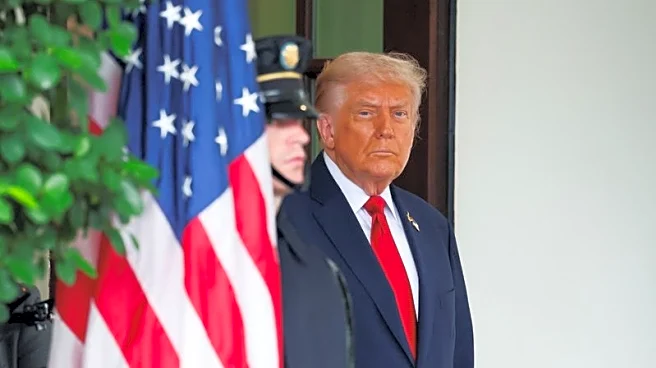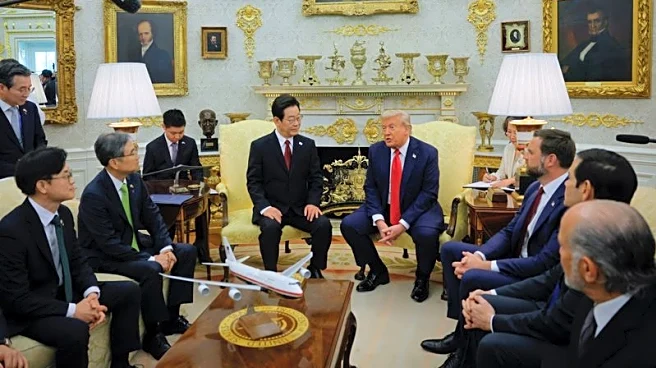What is the story about?
What's Happening?
President Trump signed an executive order in August aimed at expanding 401(k) options to include private equity and other alternative assets. This move directs the Department of Labor and other federal agencies to review guidance and determine necessary regulatory changes to facilitate these investments, which are currently reserved for wealthy investors. Supporters believe this could boost diversification and returns for everyday savers, while experts caution about the risks, higher fees, and lack of transparency associated with alternative assets. Barb Marder, EBRI president and CEO, noted that this could shift $3 trillion from traditional asset classes to alternatives over the next decade. Surveys indicate public demand for alternative asset investments, with 73% of retirement plan participants wanting their 401(k) investment menu to resemble options available to institutional investors.
Why It's Important?
The inclusion of alternative assets in retirement accounts could significantly impact the U.S. financial landscape by democratizing investment opportunities previously available only to high net worth individuals and institutions. This shift could lead to increased diversification and potentially higher returns for everyday investors. However, it also raises concerns about higher fees, transparency, and the potential for fraud. The move could benefit financial services firms looking to expand their offerings, but it may also face opposition from consumer groups and politicians worried about protecting investors. The decision could reshape retirement planning and investment strategies across the country.
What's Next?
The Department of Labor and other federal agencies are expected to review and implement regulatory changes to facilitate the inclusion of alternative assets in retirement accounts. Financial services firms are likely to explore educational opportunities and strategies for implementing these changes. Plan fiduciaries will play a crucial role in deciding whether to offer these investments, balancing potential benefits with risks. The industry is currently in an educational phase, with increased interest from plan sponsors and financial services firms.
AI Generated Content
Do you find this article useful?















